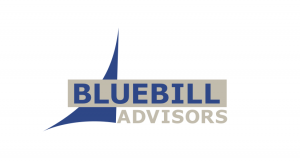Cloudflare, Inc. launched Cloudflare Web Analytics to provide accurate, clear, and free analytics for anyone who cares about how their site is performing and doesn’t want to sacrifice their visitors’ privacy. Cloudflare Web Analytics is built on top of Cloudflare’s existing network, giving site owners insight into key traffic metrics at the edge. Now site owners have control over their own site data, eliminating the need for third-party scripts that can track their users and help retarget them with advertising. Cloudflare Web Analytics will be available, for free, to any website owner, whether they are an existing Cloudflare customer or not.
Unlike ad-supporting analytics companies, Cloudflare’s business model has never been about tracking individual users across the web. Cloudflare does not track where visitors are going online, and can help web owners get clear and accurate information about how their sites are performing without the need to profile users. Cloudflare already processes the requests for sites on its network and can collect analytics at the edge without adding third-party analytics scripts to a website. This privacy-friendly approach measures a ‘visit’ by looking at the source of each request, rather than tracking individual user behavior. Cloudflare Web Analytics also does not conflict with ad blockers, which frequently block third-party analytics tools from measuring anything at all. When combined with Cloudflare’s Bot Management tool, automated bot traffic that could skew analytics is also filtered out for improved accuracy.
Cloudflare paid customers can enjoy Web Analytics today. In the coming months, Cloudflare Web Analytics will be available to any website owner including those not on Cloudflare’s network. If you are not an existing Cloudflare customer on a paid plan, you can add your name to the waitlist.



